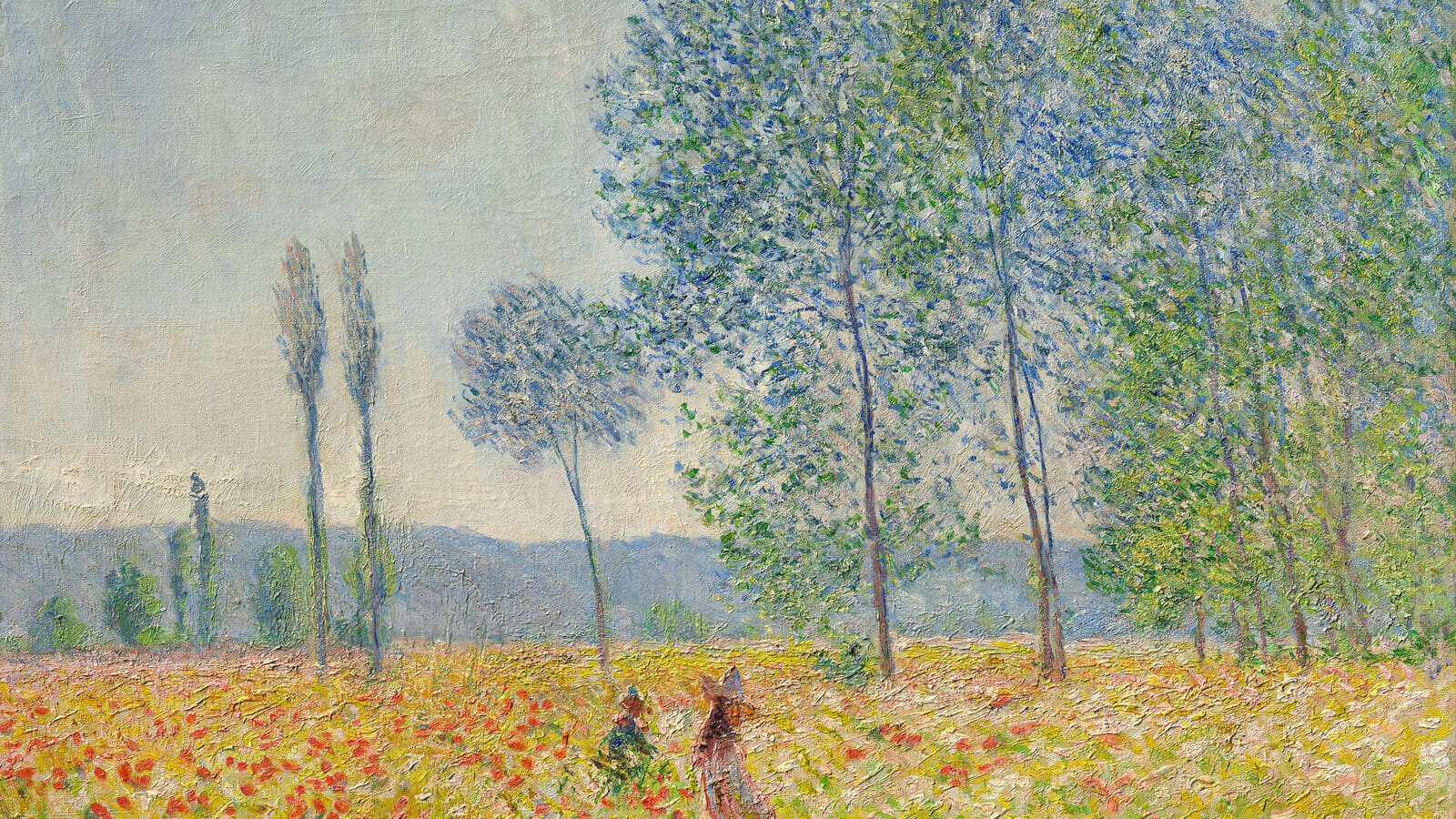Fauré’s Piano Quartet No. 2 in G Minor: Exploring Dreams and Passions
Gabriel Fauré’s motivation for writing the Piano Quartet No. 2, in G minor, Op. 45 remains something of a mystery. There was no commission. The work appears to represent the composer’s personal exploration of the magical possibilities regarding an unusual combination of instruments: piano, violin, viola, and cello. Only Mozart, and a handful of other composers, had ventured into this territory. Arriving seven years after Fauré’s First Piano Quartet, the G minor …







